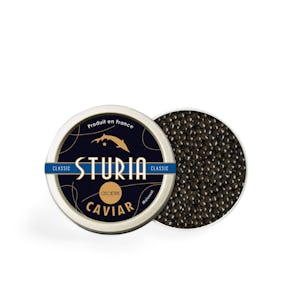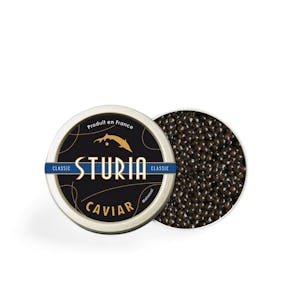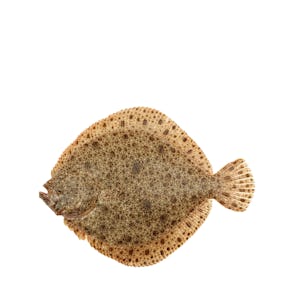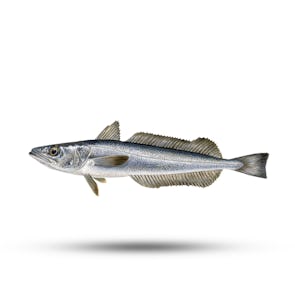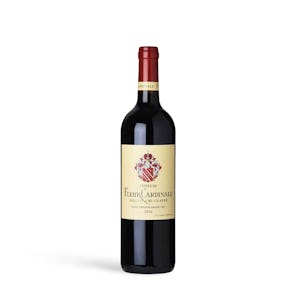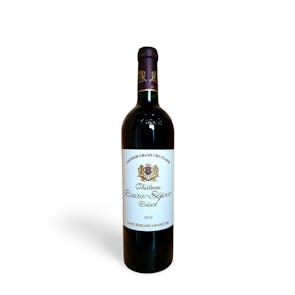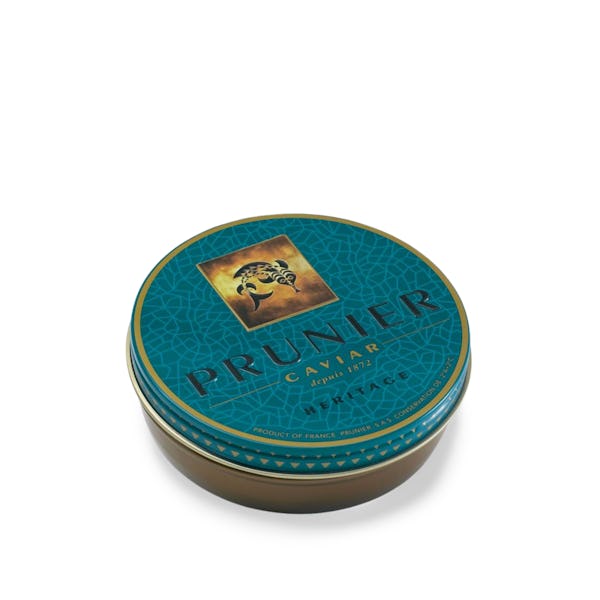
TASTING NOTES FROM THE CURATOR
One of the rarest caviars in the world, bar none! Prepared according to Persian tradition, it has large, light-colored pearls. Its aroma is subtle but seducing, and its taste is delicate and incomparable. Its flavors balance and blend together in a wonderful symphony that will appeal to the most astute of caviar connoisseurs.
PREPARATION AND PAIRINGS
A rare and unique caviar like the Prunier Caviar Heritage deserves to be enjoyed simply and without frills. Make sure you use a wooden or mother-of-pearl spoon to serve it; metal alters the taste and quality of caviar. Pair with an equally incredible wine, like a Montrachet.
A FRENCH STORY
The Maison Prunier opened in 1872 as a restaurant in Paris, and became a place for the elite to meet. After the 1982 alliance between France and Russia, a Russian craze rolls over Paris, and caviar becomes the new sensation in town. Prunier was the first to open a degustation bar in 1915 with oysters and caviar, and, after the Bolshevik Revolution of 1917, obtains the import monopoly for Russian caviar in 1918.
Prunier gives up this monopoly in 1920, with the discovery that the French river of Gironde is full of sturgeons, and opens the first French production of caviar. The year 1920 is key in the history of caviar, as it is when Prunier’s biggest rival, Petrossian, was founded, importing Russian caviar. Since then, Prunier has been synonymous to the French Caviar, and a precursor of the local production of caviar.
Storage Instructions
Keep your unopened tin of caviar refrigerated at a chilly -1 to 4°C for up to 4 weeks. Take it out of the fridge 10 to 15 minutes before serving. If you’re setting it out for a long cocktail party or dinner service, leave it in the original tin, nestled in a bowl of crushed ice to keep it cool. An open tin of caviar must be consumed within 2 to 3 days.


